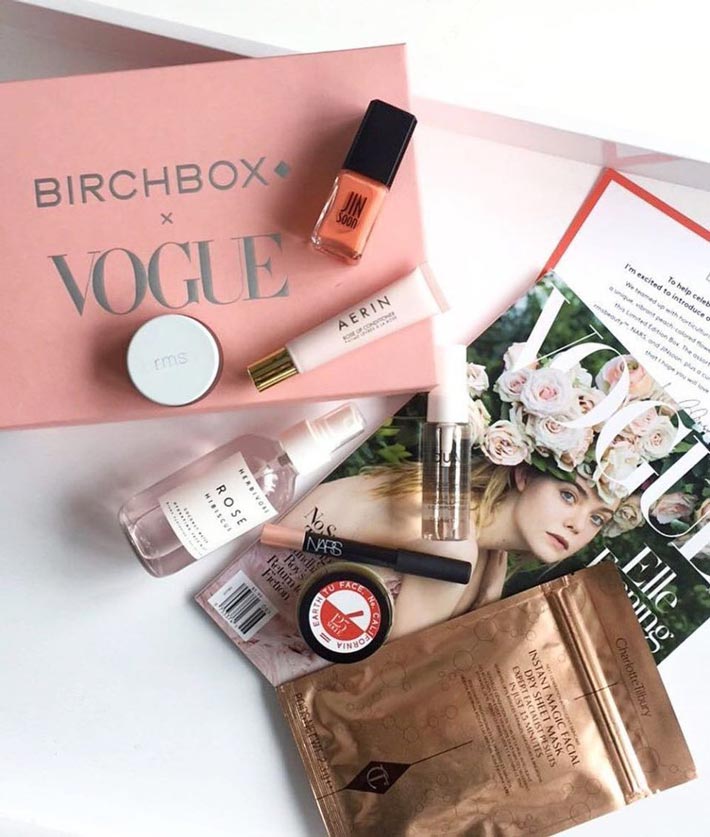After a downward trend in the category, some brands are getting it right, and things are looking up.

With every Tom, Dick and, yes, Trump getting into the subscription box business, packaging and mailing curated goods to people on a monthly or quarterly basis sure seems like the big thing to do — which is surprising, considering that for a while there, the signs were pointing to the category reaching busting-bubble status, at least in the beauty industry. There was buzz that Birchbox had hit trouble. And left and right brands like Memebox, PopSugar and ESSENCE announced there were ending their services, turning their boxes into proverbial caskets.
But that's not where the story ends. Numbers released by Slice Intelligence in April indicated that Ipsy — a brand founded by YouTube sensation Michelle Phan that smartly uses more than 6,000 "content creators" across social media channels to generate a cult following — is alive and thriving, growing the customer base of its Glam Bag by 11 percent in 2016 and accounting for 62 percent of all beauty subscription sales for the year.
Another finding: Thanks to a few course-correcting changes, Birchbox managed to make some tweaks to offset its dip in new subscribers by modifying the brand's loyalty program, focusing on e-commerce sales, renegotiating contracts with some vendors to get shipping and printing costs down and reducing operating expenses. "We had to shift gears quickly because we needed to prioritize profitability and take control, that was a great opportunity for us to press reset, dial a lot of things back," says Katia Beauchamp, the company's CEO. The answers they came to seem to be working — reportedly the brand is now making a profit.
So there is still hope here, and while we're seeing a bit of weeding out phase, that's just par for the course when it comes to a fledgling category. "While the market has become crowded, growth in the beauty box subscription market is still likely to continue, if at a slightly slower pace," says Eric Cowles, general manager, beauty at Women's Marketing. And there's a very important reason why so many companies are still clamoring to hop on board: Slice's numbers found that beauty box subscribers spend more on products online after they start receiving their samples. For companies that figure out the secret sauce, there are dollars to be had.
A few of those keys to success are becoming clear. A recent survey by Liz Cadman, the blogger behind the popular site mysubscriptionaddiction.com found that people want their boxes personalized, something both Ipsy and Birchbox have taken to heart. The former continues to ask for feedback from its customers to get a more customized experience. "Over time, the most common question we hear has shifted from 'What are the best products?' to 'What are the best products for me?'" says Jennifer Goldfarb, president of Ipsy.
As for Birchbox, the company is testing Birchbox Select, a $15 option that allows for a buyer to select from a number of needs-based boxes (like dry skin or color-treated hair), pick or skip specific types of items in a box or waive a box for a month in return for points to spend on products. The idea here is to help prevent drop off and keep the user engaged. "The more and more that we see the user journey that goes to the shop, it's very clear that it's almost done counter to what you would think," says Beauchamp. "The more she shops, the more she stays a subscriber."
This also all feeds into "perceived value," another buzz phrase Cadman found in her survey. "That helps them minimize risk or justify the cost because they say, 'Well, this one product that I can pick is worth the cost of the box.' So everything else would be bonus," she says.
Another element that's proving to be crucial: diversity of offerings. "Sometimes we'll see complaints on beauty boxes where someone will be like, 'I got the same brand again,' or 'I'm not seeing new products attached so much.' And that can be frustrating." One service she sees doing a great job of switching up their offerings: FabFitFun.
So what's ahead? Surely more customizing from the brands that already exist. And Cowles predicts more launches for underserved categories like women of color and older beauty consumers. "The box business model continues to offer surprise and delight with each delivery," he says. "It's a welcome antidote to the hyper-transparency of the rapidly growing online retailing of beauty."
Source: fashionista.com
